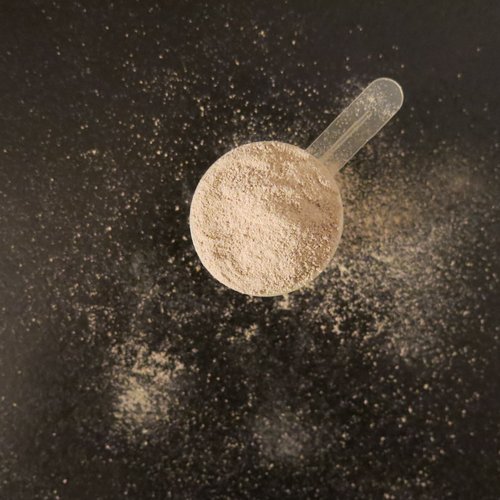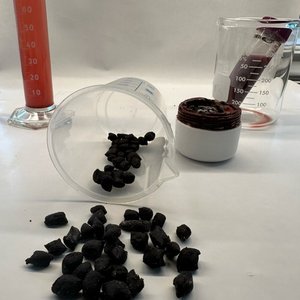With the aquafeed industry demanding more protein ingredients, new alternatives have arisen in the past few years and fermentation is one of the production process that seems to have more advantages. Among these new players is Norwegian Mycelium (NoMy), a startup that aims to transform food industry sidestreams into food and feed ingredients through fungi fermentation.
David Andrew Quist, chief explorer and co-founder, is a microbiologist with a long-standing engagement in sustainability and producing high-impact research who started a restaurant where he developed a unique food concept that uses fungi and fermentation as the foundation of his dishes. The desire for greater impact, and being able to use this technology to feed not just hundreds, but millions of people, was the idea behind NoMy. “I was quickly convinced to be part of this exciting journey and we established the company together in November 2020,” said CEO and co-founder Ingrid Dynna in a recent interview.
The production process
The company uses sidestreams and converts unused nutrients into high-value ingredients that are cheap to produce, have a low CO2 footprint, and meet the industry standards for conventional protein ingredients.
“By leveraging a scalable and consistent bioprocess of mycelium fermentation and combining it with the speed of AI to optimize bioprocess development, we can accelerate the valorization of food industry sidestreams and resource recovery for our customers,” Dynna said.
The company’s production process can utilize most sidestreams that have sugar, fat or proteins above a certain threshold. “The dairy, starch, sugar and fish processing sidestreams are of particular interest to our technology. By cracking the code with a sidestream used with our technology in one location, scaling it out to other factories or in other parts of the world is very doable,” Dynna explained
In terms of regulations, the high-protein fungal strains the company works with are all approved for use in food and feed applications in the EU. “Some of the feedstocks, particularly those of animal origin, have more process compliance and intended use requirements, so we work with the relevant authorities to ensure that we will comply,” Dynna said.
Applications in aquafeeds

The company is developing an ingredient that meets the aquafeed industry's expectations on price, sustainability and performance. Beyond the favorable digestibility and FCR of its mycoprotein, research on mycoproteins is uncovering secondary functional benefits on both gut and immune health – meaning better fish welfare and lower production losses.
“We are kicking off our own fish feeding trials focused on rainbow trout this year, to further build on this body of evidence of the performance and sustainability benefits of mycoproteins for food and feed applications,” Dynna said.
NoMy is targeting rainbow trout, salmon, and cod – all important aquaculture species in Norway – in its first phase of development “Our target markets within our go-to-market strategy will be the fish feed producers and fish farms that believe that doing well as a business and doing good for society and the planet have to go hand in hand,” Dynna stated.
Looking forward
NoMy recently attracted investments. “Our latest round of investments is fueling our knowledge production, IP protection and growth of our core research and development capabilities. We are soon kicking off a new round to fund our scaleup, to reach larger volumes for further testing and product diversification,” Dynna explained
NoMy’s mycoprotein has considerable comparative advantages in cost of production, nutritional health and performance and carbon footprint that will make it an attractive ingredient for the future of aquaculture. “However, in order to get to scale will require commitments from both the industry and government to provide access to resources, and changes in policy needed to achieve mutual ambitions towards a low-carbon and healthy food system. Securing these commitments remains a challenge,” Dynna concluded.










